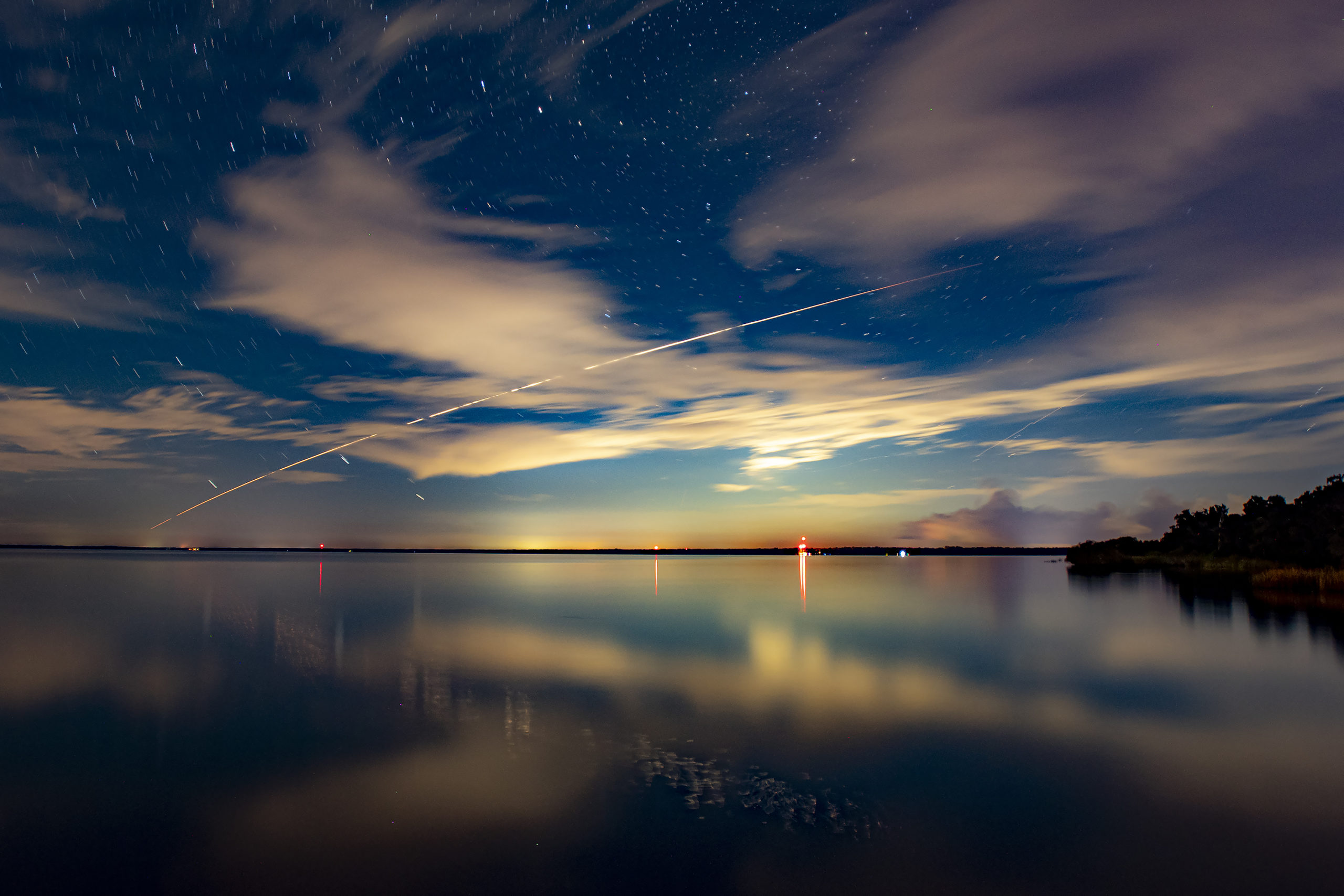
For SpaceUpClose.com & RocketSTEM
CAPE CANAVERAL – A SpaceX Cargo Dragon completed its month long stay at the International Space Station (ISS), departing from the orbiting outpost Thursday morning, Sept. 30, and accomplished a safe and successful splashdown hours later in the Atlantic Ocean that evening off the east coast of Florida returning home with some 2.3 tons of research samples and cargo – located north of the Kennedy Space Center (KSC) where the commercial resupply mission for NASA began in late August.
The SpaceX CRS-23 Cargo Dragon undocked from the station’s forward port on the Harmony module at 9:12 a.m. EDT, (1312 GMT) Sept. 30 and reentered the Earth’s atmosphere blazing across the nighttime sky for a splashdown some 14 hours later at around 11 p.m. ET.
📦 Earthlings, your package is en route.
Release of the @SpaceX cargo Dragon spacecraft from the @Space_Station confirmed at 9:12am ET (13:12 UT): pic.twitter.com/2lu3QXLBmd
— NASA (@NASA) September 30, 2021
The undocking was carried live on NASA TV but the evening splashdown was not.
NASA Flight Engineer Shane Kimbrough was on duty monitoring the SpaceX Cargo Dragon vehicle during its automated undocking after hooks and latches were released and the craft fired thrusters to move a safe distance away.
#ICYMI: A @SpaceX Dragon spacecraft departed the @Space_Station 9:12am ET (13:12 UT) to return experiments back to Earth about the brain, muscles, and liver.
📍Next stop? Splashdown off the coast of Florida: https://t.co/WHSV5y2klN pic.twitter.com/P2SV4f5VUa
— NASA (@NASA) September 30, 2021
Overall this marked the 23rd NASA contracted resupply mission by SpaceX and it began by hauling up two tons of science and research investigations and supplies for NASA from Florida’s Spaceport.
Dragon orbited Earth for another half a day before parachuting to the splashdown.
Dragon reenters Earth’s atmosphere before splashing down off the coast of Florida – completing the fifth reentry of a Dragon spacecraft this year pic.twitter.com/3NDt1MuVKK
— SpaceX (@SpaceX) October 1, 2021
NASA and SpaceX personnel were aboard support boats “ready to retrieve the cargo craft containing station hardware and completed science experiments for analysis.”
SpaceX utilized the GO Searcher recovery vessel to haul Dragon from the ocean water and then returned it to Port Canaveral Friday later afternoon, Oct. 1, for unloading and eventual reuse.
“Splashing down off the coast of Florida enables quick transportation of the science aboard the capsule to the agency’s Kennedy Space Center’s Space Station Processing Facility, delivering some science back into the hands of the researchers hours after splashdown. This shorter transportation timeframe allows researchers to collect data with minimal loss of microgravity effects,” say NASA officials.
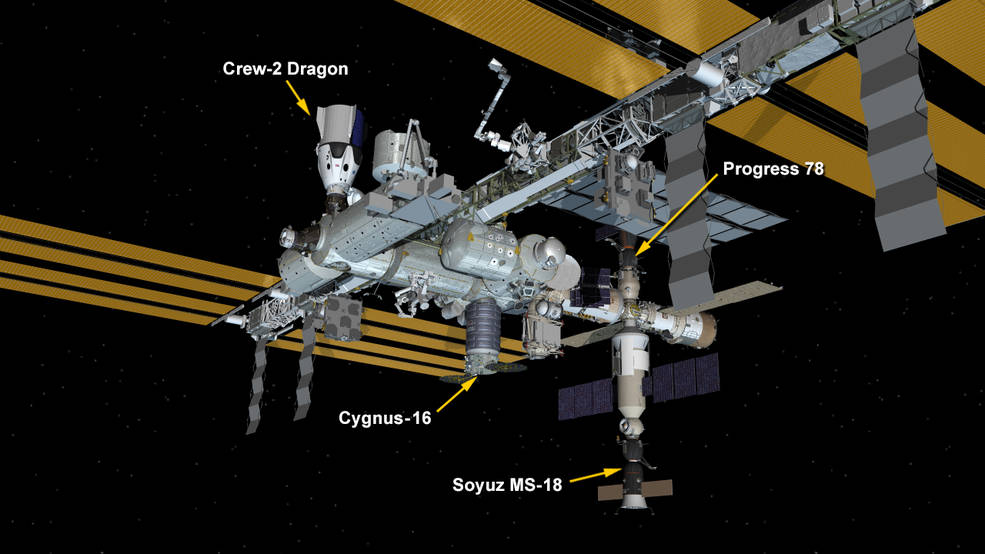
The mission began with liftoff of the flight proven two stage 215-foot-tall (65-meter) Falcon 9 on the NASA SpaceX CRS-23 Cargo Dragon to the ISS at 3:14 am. EDT (714 GMT) on August 29 from Launch Complex-39A on NASA’s Kennedy Space Center in Florida during an instantaneous launch window.
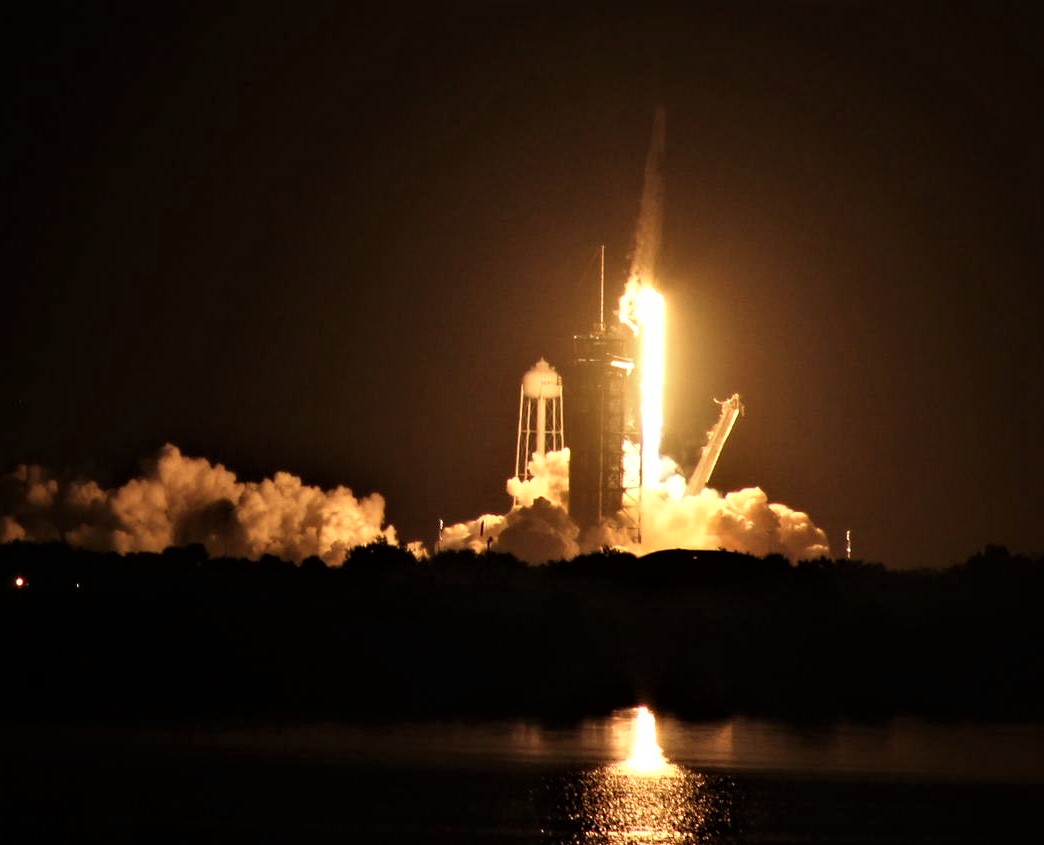
Eight and a half minutes later the recycled Falcon 9 first stage launched for the fourth time safely touched down intact and upright on SpaceX’s newest droneship stationed in the Atlantic Ocean named ‘A Shortfall of Gravitas’ or ASOG on its maiden booster recovery mission.
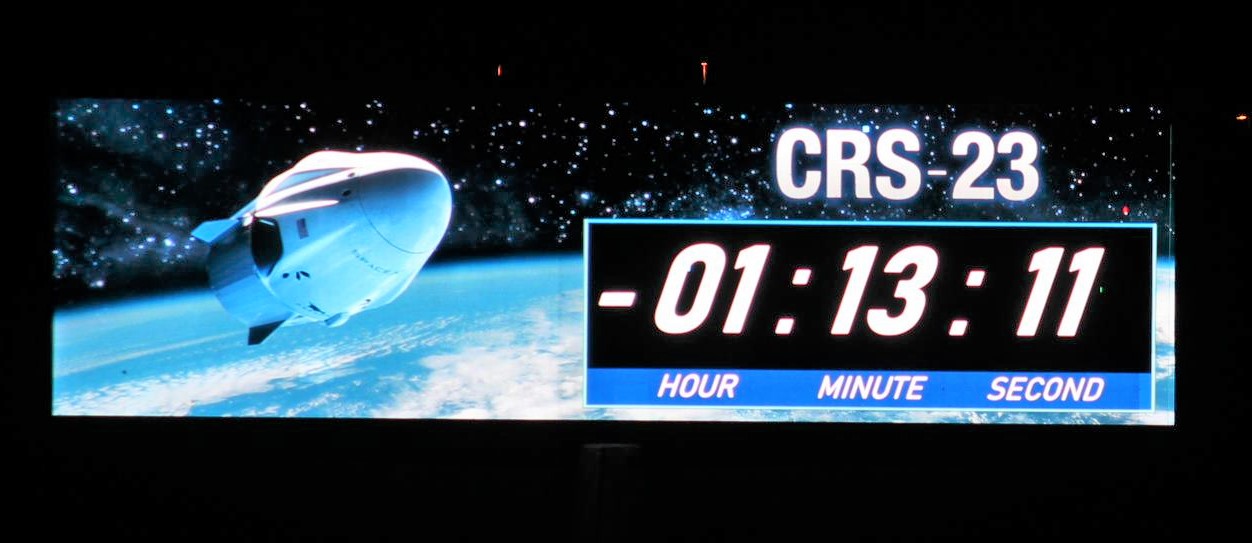
Overall the CRS-23 mission marked the 90th successful recovery of a first stage by SpaceX by land or by sea.
This reused Falcon 9 previously launched on the Crew-1, Crew-2 and a commercial mission for SpaceX.
The SpaceX cargo Dragon flew for the second time and was carrying more than 4,800 pounds (2207 kg) of science experiments, crew supplies, and spacecraft hardware for NASA to the ISS and its seven person multinational crew of astronauts and cosmonauts.
The next Dragon to fly will be a Crew Dragon on Oct. 30 carrying the multnational crew of 4 astronauts from the US and Germany to the ISS.
Crew-3 will replace Crew-2 after a short handover period.
The next @Commercial_Crew mission to the station, @SpaceX Crew-3, is targeting its launch to the station for Oct. 30 at 2:43am ET. More… https://t.co/kbxyoeK9W5 pic.twitter.com/tzdGH1wJrG
— International Space Station (@Space_Station) September 30, 2021
Watch Ken’s continuing reports about SpaceX Cargo and Crew Dragons, Artemis and NASA missions, SLS, Orion, SpaceX Starlink, Commercial Crew and Starliner and Crew Dragon and onsite for live reporting of upcoming and recent SpaceX and ULA launches including Crew 1 & 2 & 3, ISS, Solar Orbiter, Mars 2020 Perseverance and Curiosity rovers, NRO spysats and national security missions and more at the Kennedy Space Center and Cape Canaveral Space Force Station.
Stay tuned here for Ken’s continuing Earth and Planetary science and human spaceflight news: www.kenkremer.com –www.spaceupclose.com – twitter @ken_kremer – email: ken at kenkremer.com
Dr. Kremer is a research scientist and journalist based in the KSC area, active in outreach and interviewed regularly on TV and radio about space topics.
………….
Ken’s photos are for sale and he is available for lectures and outreach events
Please consider supporting Ken’s work by purchasing his photos and/or donating at Patreon:
https://www.patreon.com/kenkremer
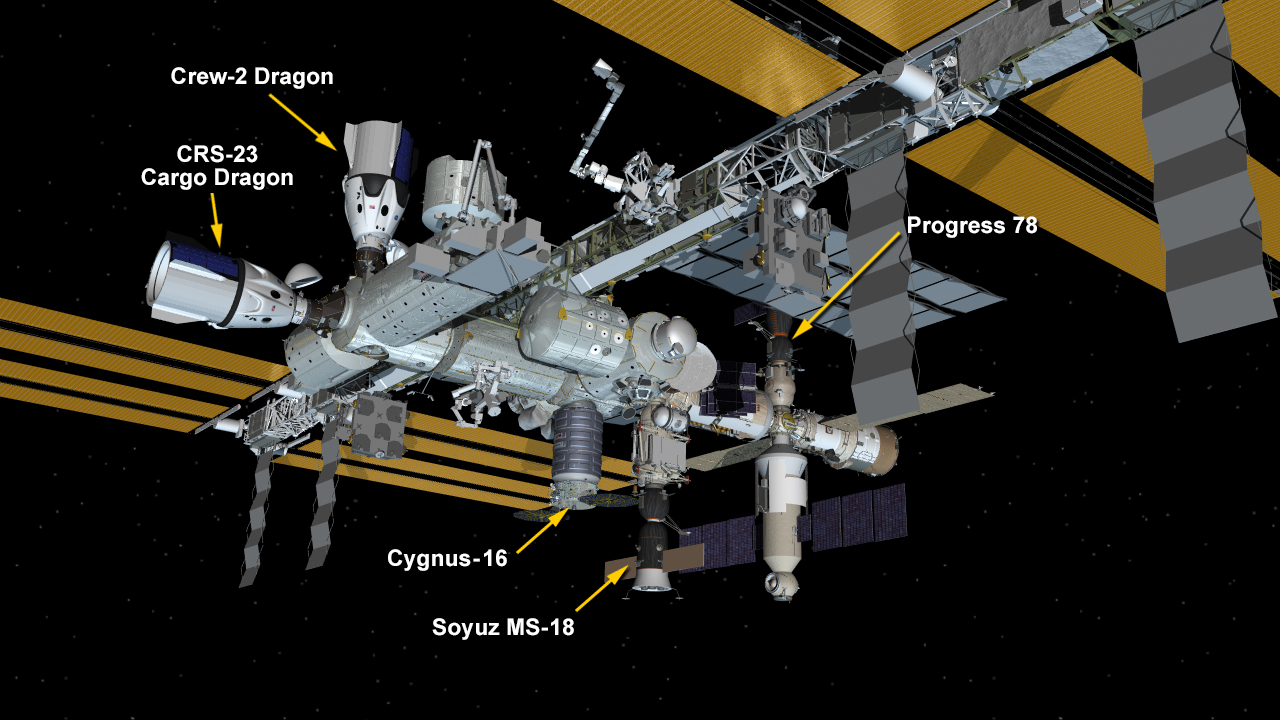
x



